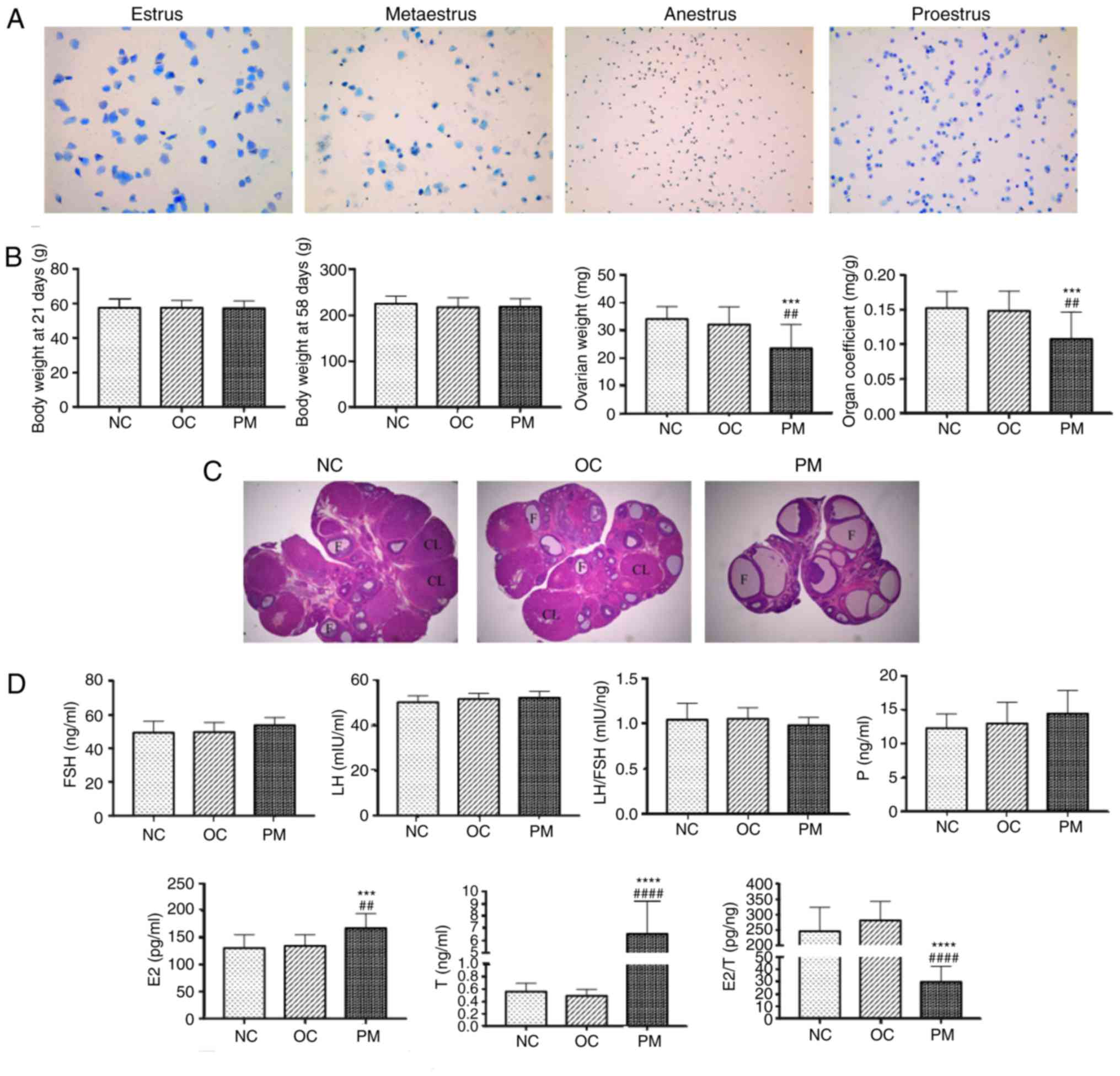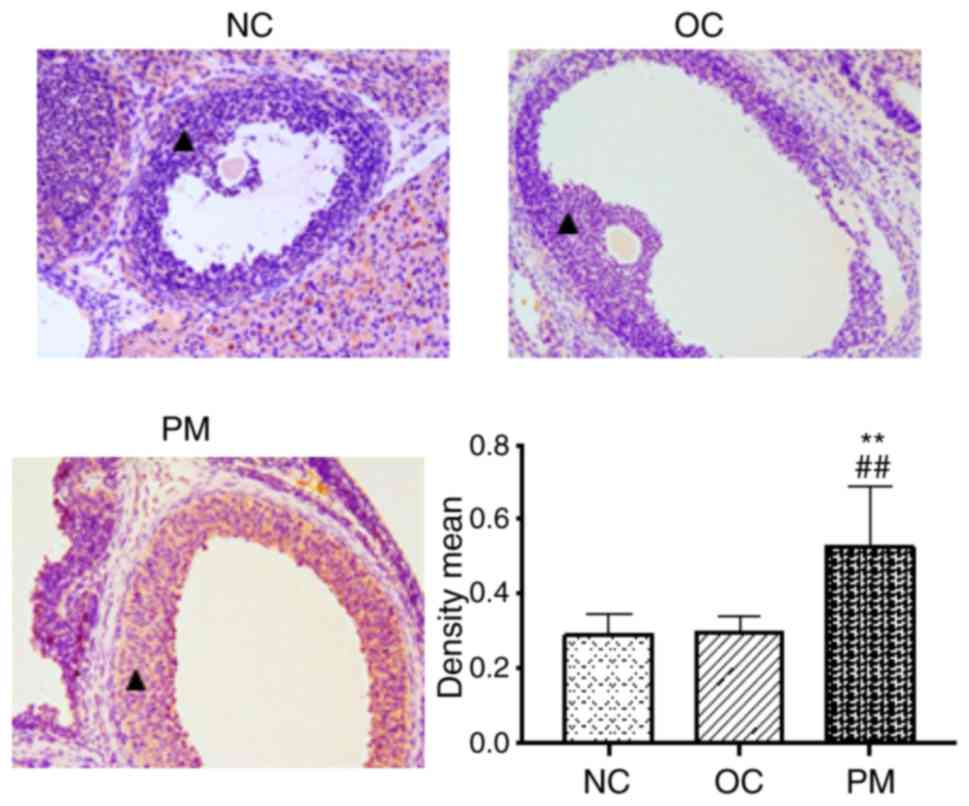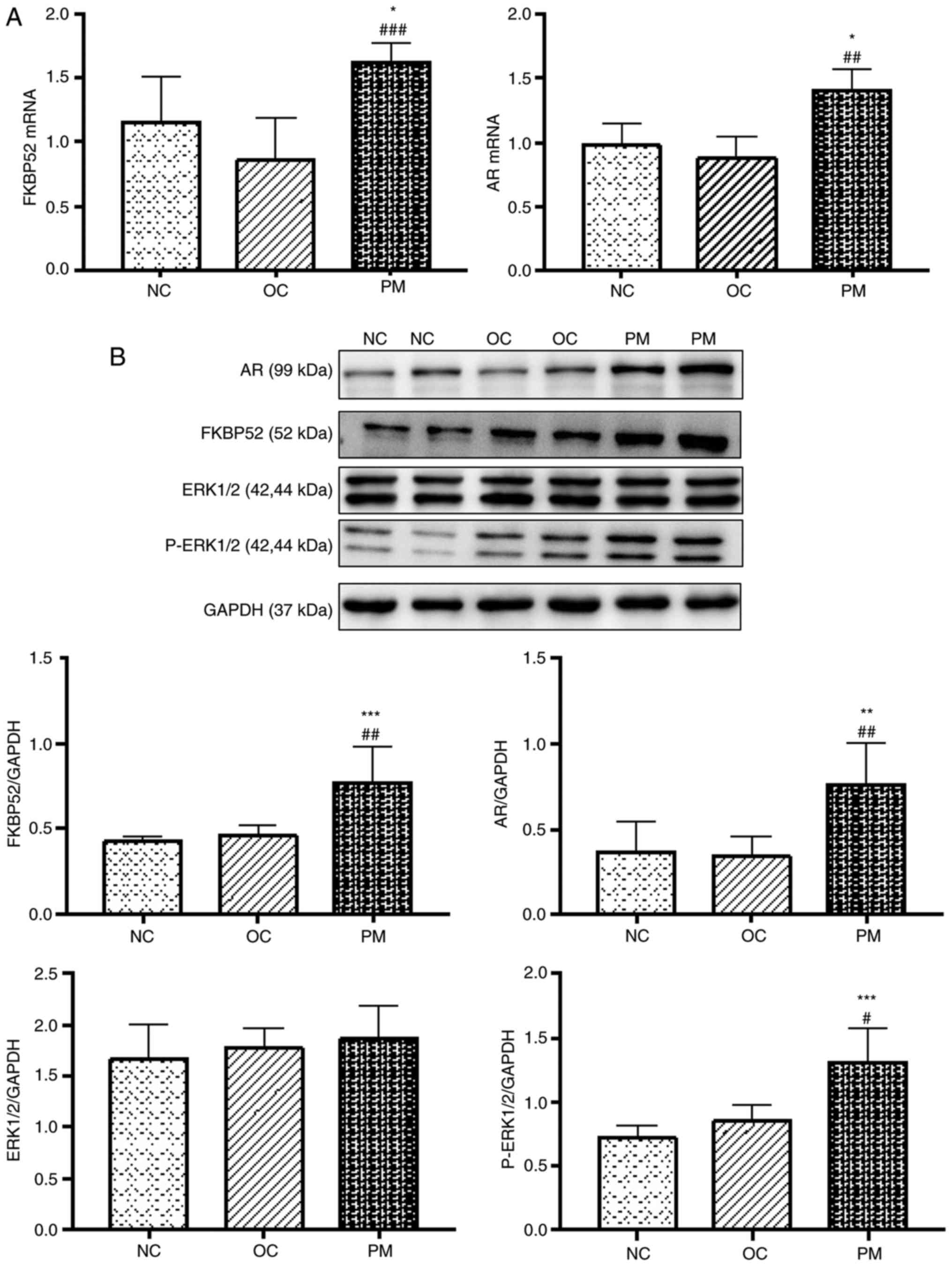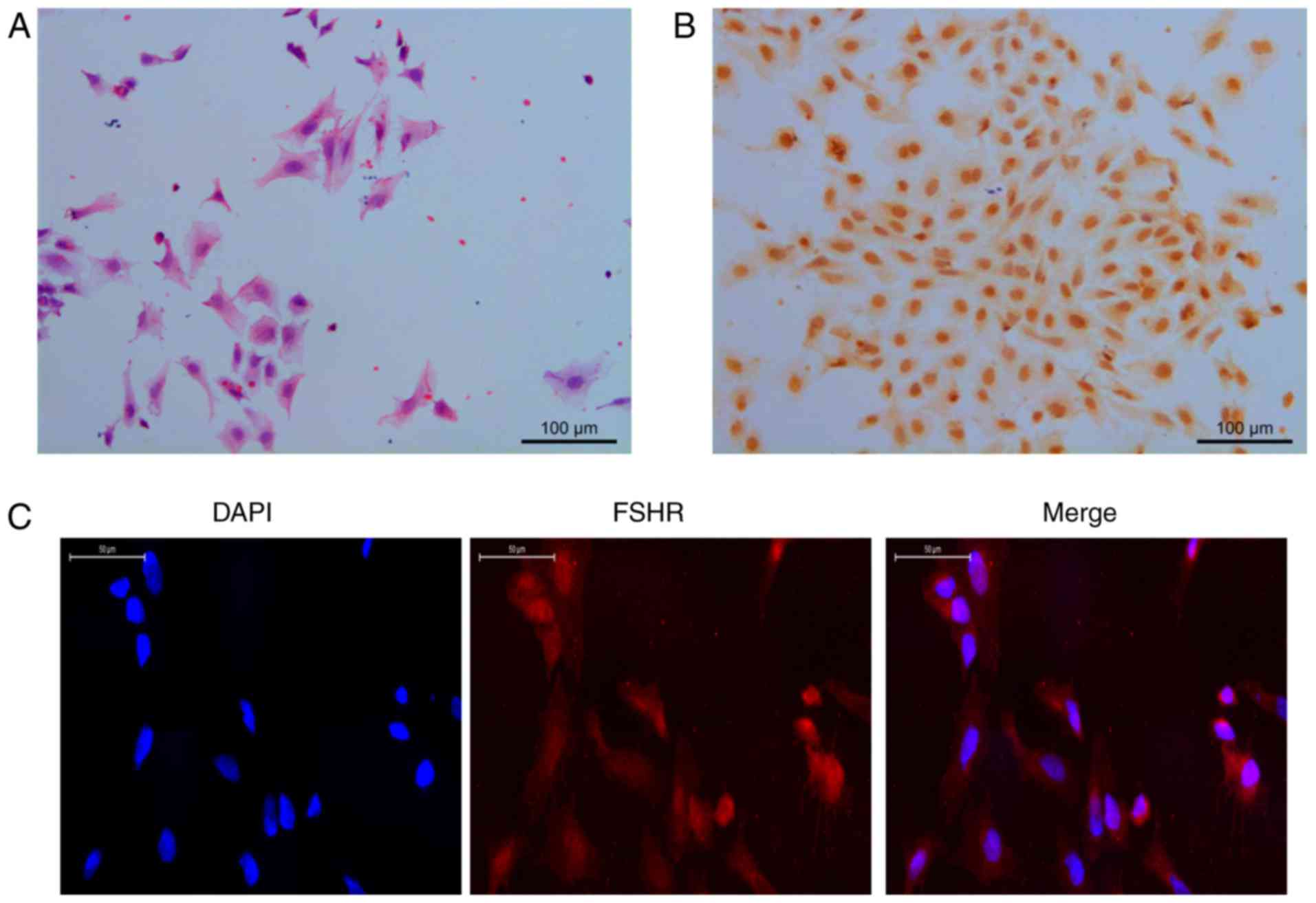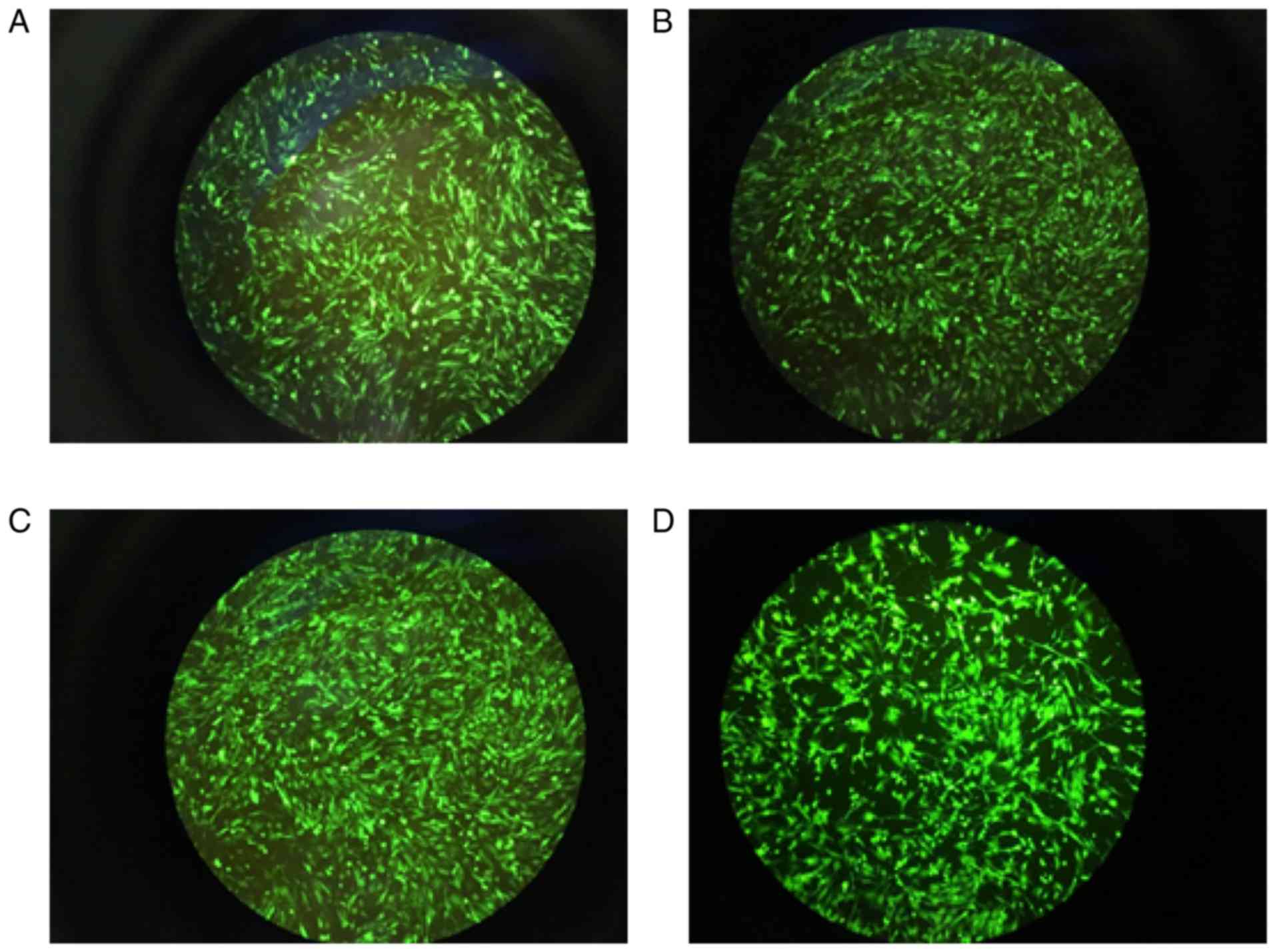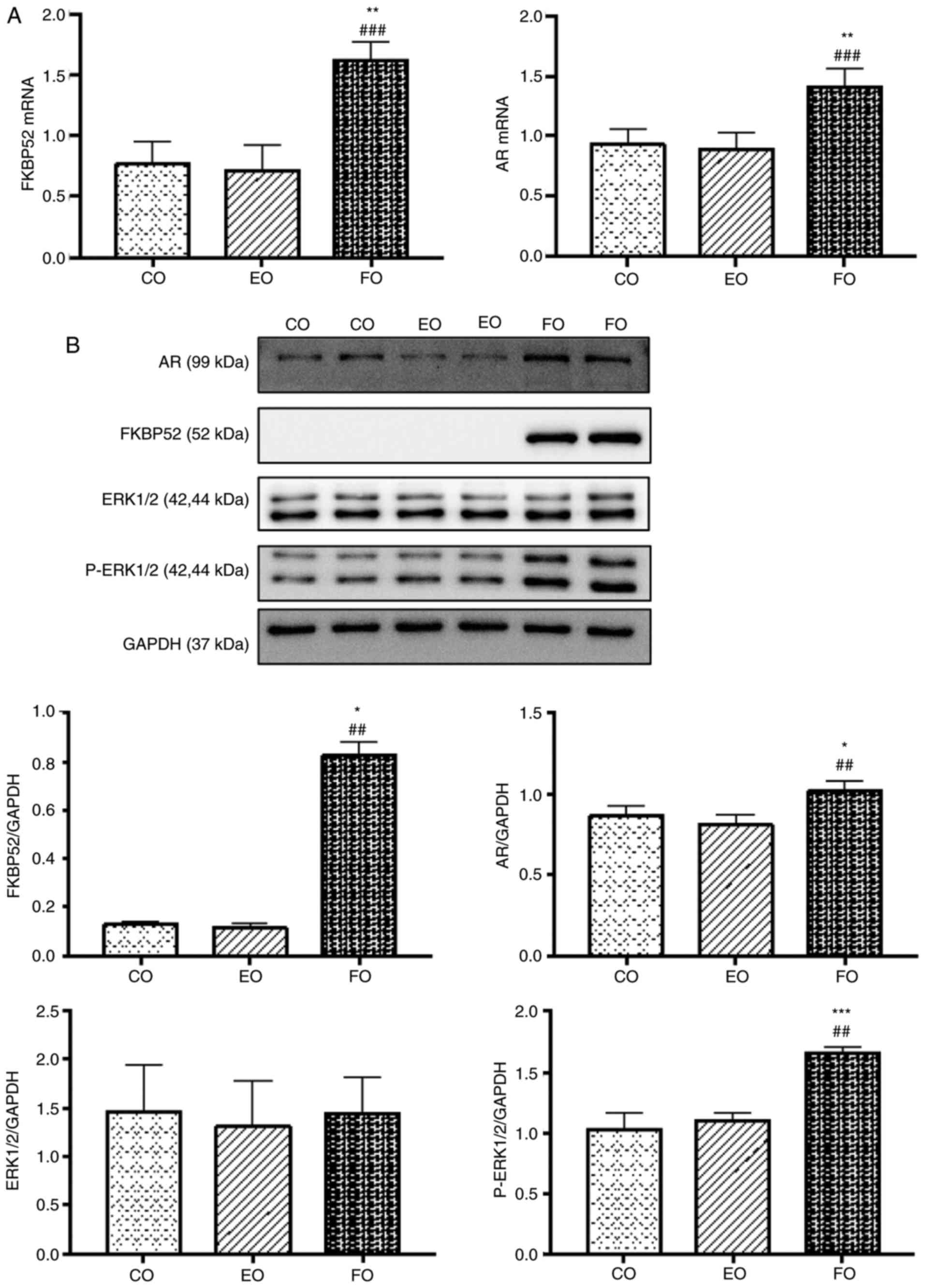|
1
|
Chiofalo B, Laganà AS, Palmara V, Granese
R, Corrado G, Mancini E, Vitale SG, Ban Frangež H, Vrtačnik-Bokal E
and Triolo O: Fasting as possible complementary approach for
poly-cystic ovary syndrome: Hope or hype. Med Hypotheses. 105:1–3.
2017. View Article : Google Scholar : PubMed/NCBI
|
|
2
|
Asemi Z, Samimi M, Taghizadeh M and
Esmaillzadeh A: Effects of Ramadan fasting on glucose homeostasis,
lipid profiles, inflammation and oxidative stress in women with
polycystic ovary syndrome in Kashan, Iran. Arch Iran Med.
18:806–810. 2015.PubMed/NCBI
|
|
3
|
Franks S: Controversy in clinical
endocrinology: Diagnosis of polycystic ovarian syndrome: In defense
of the rotterdam criteria. J Clin Endocrinol Metab. 91:786–789.
2006. View Article : Google Scholar : PubMed/NCBI
|
|
4
|
Qu J, Wang Y, Wu X, Gao L, Hou L and
Erkkola R: Insulin resistance directly contributes to androgenic
potential within ovarian theca cells. Fertil Steril. 91:1990–1997.
2009. View Article : Google Scholar
|
|
5
|
Laganà AS and Pizzo A: Authors’ reply to:
‘Empiric’ inositol supplementation in normal-weight non-insulin
resistant women with polycystic ovarian disease: From the absence
of benefit to the potential adverse effects. Arch Gynecol Obstet.
291:959–960. 2015. View Article : Google Scholar
|
|
6
|
Wang FF, Pan JX, Wu Y, Zhu YH, Hardiman PJ
and Qu F: American, European, and Chinese practice guidelines or
consensuses of poly-cystic ovary syndrome: A comparative analysis.
J Zhejiang Univ Sci B. 19:354–363. 2018. View Article : Google Scholar : PubMed/NCBI
|
|
7
|
Tai PK, Maeda Y, Nakao K, Wakim NG,
Duhring JL and Faber LE: A 59-kilodalton protein associated with
progestin, estrogen, androgen, and glucocorticoid receptors.
Biochemistry. 25:5269–5275. 1986. View Article : Google Scholar : PubMed/NCBI
|
|
8
|
Davies TH and Sánchez ER: FKBP52. Int J
Biochem Cell Biol. 37:42–47. 2005. View Article : Google Scholar
|
|
9
|
Cheung-Flynn J, Prapapanich V, Cox MB,
Riggs DL, Suarez- Quian C and Smith DF: Physiological role for the
cochaperone FKBP52 in androgen receptor signaling. Mol Endocrinol.
19:1654–1666. 2005. View Article : Google Scholar : PubMed/NCBI
|
|
10
|
Periyasamy S, Warrier M, Tillekeratne MP,
Shou W and Sanchez ER: The immunophilin ligands cyclosporin A and
FK506 suppress prostate cancer cell growth by androgen
receptor-dependent and -independent mechanisms. Endocrinology.
148:4716–4726. 2007. View Article : Google Scholar : PubMed/NCBI
|
|
11
|
Lin JF, Xu J, Tian HY, Gao X, Chen QX, Gu
Q, Xu GJ, Song JD and Zhao FK: Identification of candidate prostate
cancer biomarkers in prostate needle biopsy specimens using
proteomic analysis. Int J Cancer. 121:2596–2605. 2007. View Article : Google Scholar : PubMed/NCBI
|
|
12
|
De Leon JT, Iwai A, Feau C, Garcia Y,
Balsiger HA, Storer CL, Suro RM, Garza KM, Lee S, Kim YS, et al:
Targeting the regulation of androgen receptor signaling by the heat
shock protein 90 cochaperone FKBP52 in prostate cancer cells. Proc
Natl Acad Sci USA. 108:11878–11883. 2011. View Article : Google Scholar : PubMed/NCBI
|
|
13
|
Yong W, Yang Z, Periyasamy S, Chen H,
Yucel S, Li W, Lin LY, Wolf IM, Cohn MJ, Baskin LS, et al:
Essential role for Co-chaperone FKBP52 but not FKBP51 in androgen
receptor-mediated signaling and physiology. J Biol Chem.
282:5026–5036. 2007. View Article : Google Scholar
|
|
14
|
Ketefian A, Jones MR, Krauss RM, Chen YD,
Legro RS, Azziz R and Goodarzi MO: Association study of androgen
signaling pathway genes in polycystic ovary syndrome. Fertil
Steril. 105:467–473. e42016. View Article : Google Scholar :
|
|
15
|
McCubrey JA, Steelman LS, Chappell WH,
Abrams SL, Wong EW, Chang F, Lehmann B, Terrian DM, Milella M,
Tafuri A, et al: Roles of the Raf/MEK/ERK pathway in cell growth,
malignant transformation and drug resistance. Biochim Biophys Acta.
1773:1263–1284. 2007. View Article : Google Scholar
|
|
16
|
Roberts PJ and Der CJ: Targeting the
Raf-MEK-ERK mitogen-activated protein kinase cascade for the
treatment of cancer. Oncogene. 26:3291–3310. 2007. View Article : Google Scholar : PubMed/NCBI
|
|
17
|
Peterziel H, Mink S, Schonert A, Becker M,
Klocker H and Cato AC: Rapid signalling by androgen receptor in
prostate cancer cells. Oncogene. 18:6322–6329. 1999. View Article : Google Scholar : PubMed/NCBI
|
|
18
|
Belani M, Deo A, Shah P, Banker M, Singal
P and Gupta S: Differential insulin and steroidogenic signaling in
insulin resistant and non-insulin resistant human luteinized
granulosa cells-A study in PCOS patients. J Steroid Biochem Mol
Biol. 178:283–292. 2018. View Article : Google Scholar : PubMed/NCBI
|
|
19
|
Miao ZL, Guo L, Wang YX, Cui R, Yang N,
Huang MQ, Qin WB, Chen J, Li HM, Wang ZN and Wei XC: The
intervention effect of Rosiglitozone in ovarian fibrosis of PCOS
rats. Biomed Environ Sci. 25:46–52. 2012.PubMed/NCBI
|
|
20
|
Anderson E, Lee GY and O’Brien K:
Polycystic ovarian condition in the dehydroepiandrosterone-treated
rat model: Hyperandrogenism and the resumption of meiosis are major
initial events associated with cystogenesis of antral follicles.
Anat Rec. 249:44–53. 1997. View Article : Google Scholar : PubMed/NCBI
|
|
21
|
Livak KJ and Schmittgen TD: Analysis of
relative gene expression data using real-time quantitative PCR and
the 2(-Delta Delta C(T)) method. Methods. 25:402–408. 2001.
View Article : Google Scholar
|
|
22
|
Hong J, Kim ST, Tranguch S, Smith DF and
Dey SK: Deficiency of co-chaperone immunophilin FKBP52 compromises
sperm fertilizing capacity. Reproduction. 133:395–403. 2007.
View Article : Google Scholar : PubMed/NCBI
|
|
23
|
Tranguch S, Cheung-Flynn J, Daikoku T,
Prapapanich V, Cox MB, Xie H, Wang H, Das SK, Smith DF and Dey SK:
Cochaperone immunophilin FKBP52 is critical to uterine receptivity
for embryo implantation. Proc Natl Acad Sci USA. 102:14326–14331.
2005. View Article : Google Scholar : PubMed/NCBI
|
|
24
|
Tranguch S, Wang H, Daikoku T, Xie H,
Smith DF and Dey SK: FKBP52 deficiency-conferred uterine
progesterone resistance is genetic background and pregnancy stage
specific. J Clin Invest. 117:1824–1834. 2007. View Article : Google Scholar : PubMed/NCBI
|
|
25
|
Yang Z, Wolf IM, Chen H, Periyasamy S,
Chen Z, Yong W, Shi S, Zhao W, Xu J, Srivastava A, et al:
FK506-binding protein 52 is essential to uterine reproductive
physiology controlled by the progesterone receptor A isoform. Mol
Endocrinol. 20:2682–2694. 2006. View Article : Google Scholar : PubMed/NCBI
|
|
26
|
Hirota Y, Tranguch S, Daikoku T, Hasegawa
A, Osuga Y, Taketani Y and Dey SK: Deficiency of immunophilin
FKBP52 promotes endometriosis. Am J Pathol. 173:1747–1757. 2008.
View Article : Google Scholar : PubMed/NCBI
|
|
27
|
Caldwell AS, Eid S, Kay CR, Jimenez M,
McMahon AC, Desai R, Allan CM, Smith JT, Handelsman DJ and Walters
KA: Haplosufficient genomic androgen receptor signaling is adequate
to protect female mice from induction of polycystic ovary syndrome
features by prenatal hyperandrogenization. Endocrinology.
156:1441–1452. 2015. View Article : Google Scholar : PubMed/NCBI
|
|
28
|
Walters KA: Role of androgens in normal
and pathological ovarian function. Reproduction. 149:R193–R218.
2015. View Article : Google Scholar
|
|
29
|
Caldwell ASL, Edwards MC, Desai R, Jimenez
M, Gilchrist RB, Handelsman DJ and Walters KA: Neuroendocrine
androgen action is a key extraovarian mediator in the development
of polycystic ovary syndrome. Proc Natl Acad Sci USA.
114:E3334–E3343. 2017. View Article : Google Scholar : PubMed/NCBI
|
|
30
|
Lim JJ, Lima PDA, Salehi R, Lee DR and
Tsang BK: Regulation of androgen receptor signaling by
ubiquitination during folliculogenesis and its possible
dysregulation in polycystic ovarian syndrome. Sci Rep. 7:102722017.
View Article : Google Scholar : PubMed/NCBI
|
|
31
|
Albaghdadi AJH and Kan FWK:
Immunosuppression with tacrolimus improved implantation and rescued
expression of uterine progesterone receptor and its co-regulators
FKBP52 and PIASy at nidation in the obese and diabetic mice:
Comparative studies with metformin. Mol Cell Endocrinol. 460:73–84.
2018. View Article : Google Scholar
|



